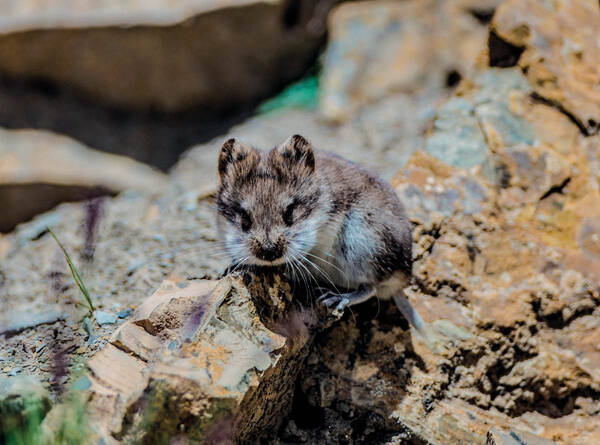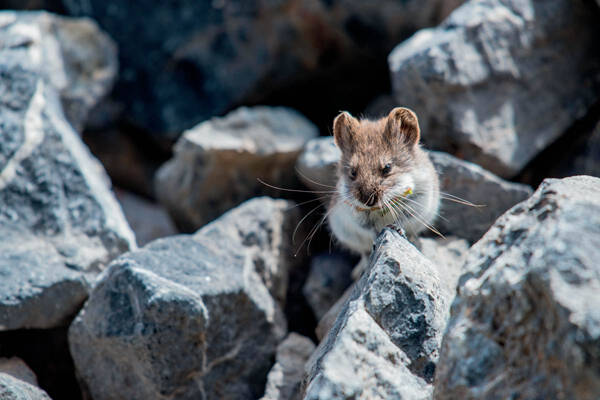Alticola stoliczkanus
IUCN
LCBasic Information
Scientific classification
- name:Alticola stoliczkanus
- Scientific Name:Alticola stoliczkanus (Blanford,1875)
- Outline:Rodents
- Family:Rodentia Cricetidae A.scorpion
Vital signs
- length:85-105mm
- Weight:
- lifetime:
Feature
The back of the body is gray-brown with a yellow-white spot behind the ear.
Distribution and Habitat
In China, it is distributed in northwest Tibet and western Qinghai. Abroad, it is distributed in India and Pakistan.
The alpine shrike mainly inhabits alpine shrubs and grasslands.
Appearance
The rear edge of the palatine bone does not form a longitudinal ridge, which is similar to that of the striated mice and mammals. The body length is 85-105mm, with an average of about 95mm. The tail is very short, 17-21mm, with an average of less than 20mm. The back of the body is gray-brown, with a yellow-white spot behind the ear. The base of the hair on the ventral side is gray, the tip of the hair is gray-white, and the dorsal and ventral boundaries are obvious. The back of the tail is brown-yellow, the ventral side is yellow-white, and the hair at the end of the tail is longer.
Details
Alticola strachyi belongs to the Arvicolinae subfamily. The type specimen is found in Ladakh, India. There is no controversy about the classification itself, but the type locality of another species: Kumaung Alticola (<Alticola strachyi>) is also in Ladakh. The difference between the two classifications is the shape of the heel of the third upper molar. The research of Sichuan Academy of Forestry found (Tang et al., 2018) that the teeth of Alticola strachyi vary greatly, and one of the morphologies is consistent with that of Alticola strachyi, and they are not separated molecularly. Therefore, the two should be the same species. Alticola strachyi was named earlier, so Kumaung Alticola strachyi is a synonym of Alticola strachyi.










